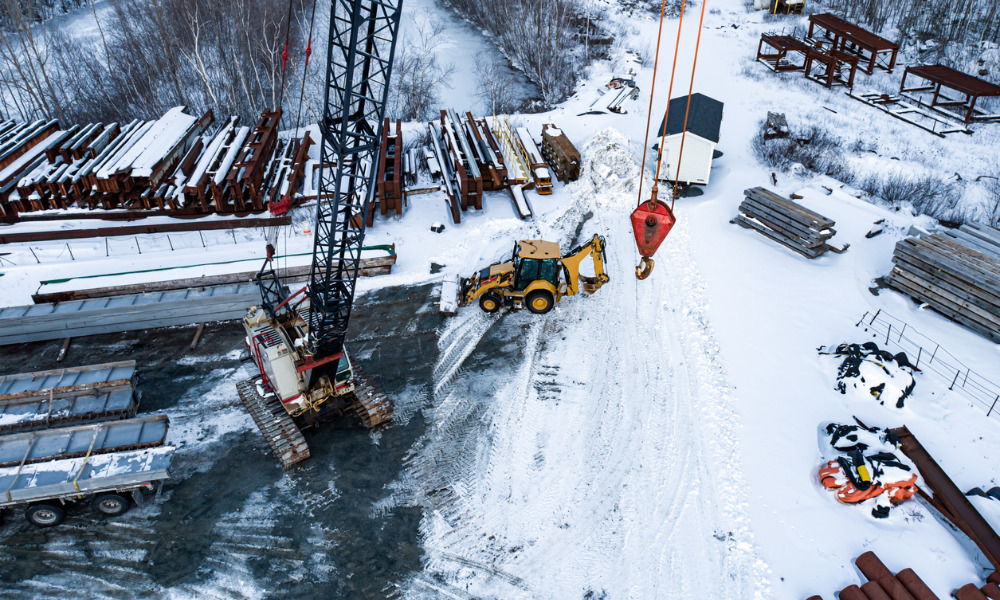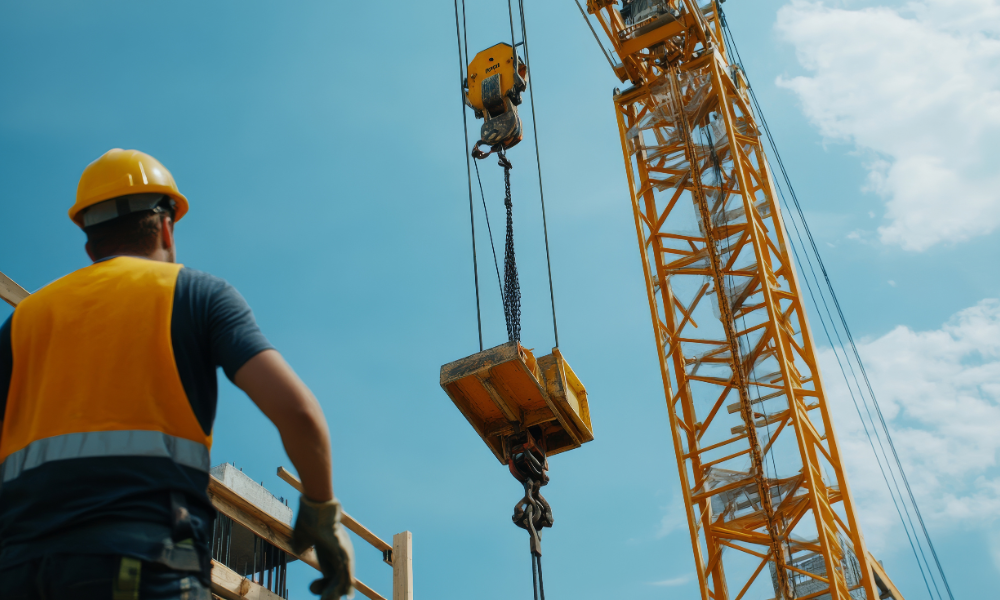Foreman at site tells inquest he was informed 'it would cost too much'

The contractor at the Ontario construction site where Olivier Bruneau died in 2016 had ordered a stop to the ice removal process at the site just before the incident that took the worker’s life, a foreman told an inquest.
Foreman Shawn Proulx, from Taggart Construction, told the inquest that he first noticed ice forming on the walls — especially in the southeast corner — in January 2016 with icicles similar to ones you would find on residential gutters, which grew and spread "like a vine,” reported CBC.
His team was prepared to "pack up and leave" the Claridge Icon condo site in Ottawa's Little Italy neighbourhood unless a plan was created to address concerns around falling ice, he said.
Read more: Ice excavation pit was 'a death waiting to happen'
"My guys were telling me, 'We're not working along the walls … we're not working anywhere we feel that we're too close," Proulx said, according to the report.
His team eventually left for four or five days, he said, and came back only after Claridge arranged for an employee to manually chip away the ice near the stairs.
Claridge tried various methods before it eventually found a solution to blast hot water at a high pressure to remove the ice off the south wall. However, Proulx was shocked that the approach would be dropped.
"We were told it cost too much to remove the ice on the south wall," he said in the CBC report. "I remember those words in my head for six years."
Soon after, an ice fall killed Bruneau.
No publicity
Before Bruneau’s death, another worker was hit by falling ice at the site on Feb. 4 that year.
Martin-Charles Guilbeault, who was a health and safety coordinator for Bellai – which employed Bruneau – in 2016, said during the inquest that he filled out a report after the second worker was struck by ice, report CBC.
The form included a section about ways to prevent similar incidents from happening, which called for a process to get rid of the ice or "find a way to eliminate the danger."
Read more: Inquest into 2016 death of construction worker postponed again
Guilbeault said he learned Claridge had stopped using the high-pressure water strategy a few days after the effort had been halted. However, the company didn't "publicize" the change, he said.
"If they started removing the ice ... there was probably a good reason to have started that process," he said. "To have stopped it, only [they] can answer to that question," he said, according to the report.





